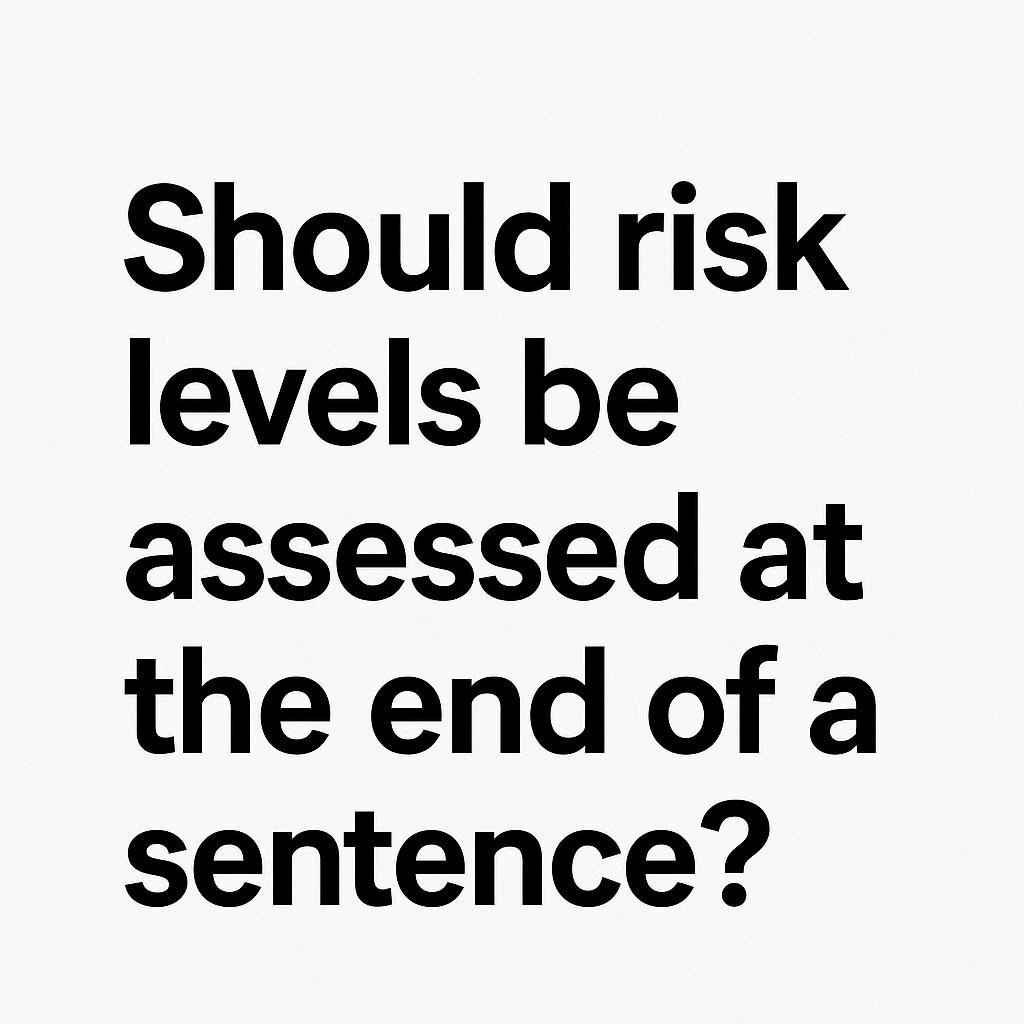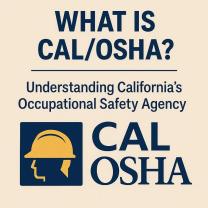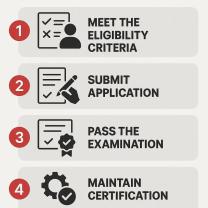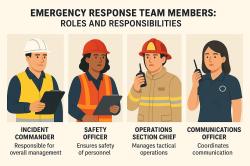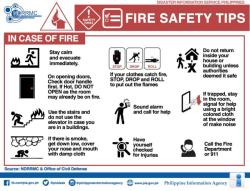Should risk levels be assessed at the end of a sentence?
It seems like you might be asking about whether "risk levels" should be assessed at the end of a sentence—but that wording is a bit unclear. Let me clarify two possible interpretations and answer accordingly:
1. If you mean in writing or communication:
Should the phrase "risk levels" be mentioned at the end of a sentence?
There is no strict grammatical rule requiring “risk levels” or any specific term to appear at the end of a sentence.
Where you place the phrase depends on clarity and emphasis.
Usually, you place important information where it has the most impact or is easiest to understand.
For example:
“We need to assess the risk levels before proceeding.” (End of sentence for emphasis)
“The risk levels were assessed by the team.” (In the middle of the sentence)
So, the placement depends on your communication goals, not a fixed rule.
2. If you mean in risk management or analysis practice:
Should risk levels be assessed only at the end of a process or event (“at the end of a sentence” metaphorically meaning “at the end of a task”)?
Risk assessment is ideally continuous and iterative.
Assessing risk levels only at the end of a process (or after a task) can be too late to take effective action.
Best practice is to evaluate risks before, during, and after an activity or process.
Early and ongoing assessment helps to identify hazards, mitigate issues, and adjust plans dynamically.
Summary
In writing: No rule about placing “risk levels” at sentence end; place it for clarity and emphasis.
In practice: Risk levels should be assessed continuously, not just at the end of a task or event.
Risk levels should be assessed as part of a continuous process of review and revision, not just at the end of a sentence.
What Are Best Practices for Risk Assessment in Writing?
Best practices for risk assessment in writing involve a systematic approach to ensure that the content is accurate, appropriate, and clear.
Identify the Audience: Understand who will be reading the document. A report for an executive will have a different level of detail and tone than one for a technical team.
Define the Purpose: Be clear about the goal of the communication. Is it to inform, persuade, or instruct? The purpose will dictate the level of detail and the specific language used.
Review for Ambiguity: Check for words, phrases, or sentences that could be misinterpreted. Vague language can lead to significant misunderstandings, especially in technical or legal documents.
Assess Potential Consequences: Consider the potential negative outcomes if the information is misunderstood or misused. This is especially crucial in fields like medicine, engineering, or finance.
Use Clear and Simple Language: Avoid jargon, acronyms, and complex sentence structures that could confuse the reader.
How Does Risk Assessment Affect Communication Clarity?
Risk assessment directly affects communication clarity by forcing the writer to think critically about the potential for misunderstanding. A good risk assessment process leads to:
Increased Precision: The writer consciously chooses specific words and phrases to avoid ambiguity.
Logical Structure: The information is organized in a way that is easy for the reader to follow, reducing the risk of them missing key points.
Appropriate Tone: The tone of the writing is adjusted to match the gravity of the subject, preventing important information from being overlooked.
When Is It Appropriate to Evaluate Risk in Text?
It is appropriate to evaluate risk in text at multiple stages of the writing process:
During Drafting: As you write, consider the potential impact of each statement. For example, when making a recommendation, it's wise to also mention potential drawbacks.
During Editing: A thorough edit should include a review for clarity, consistency, and potential misinterpretations. This is the stage to remove vague language and clarify complex ideas.
Before Publication: A final review by a fresh set of eyes, such as a colleague or an editor, can catch risks that the original writer might have missed.
How to Integrate Risk Analysis into Reporting?
Integrating risk analysis into reporting involves more than just a dedicated "risk section." It should be woven into the entire document.
Begin with an Executive Summary: The summary should clearly state the most critical risks and their potential impact.
Use a Consistent Framework: When discussing risks, use a standardized framework. A simple one is to identify the risk, describe its potential impact, and outline a mitigation strategy.
Provide Evidence: Support your risk analysis with data, evidence, and clear reasoning. This makes the assessment more credible and less subjective.
Use Visual Aids: Charts, graphs, or a risk matrix can make complex risk data easier to understand at a glance.
